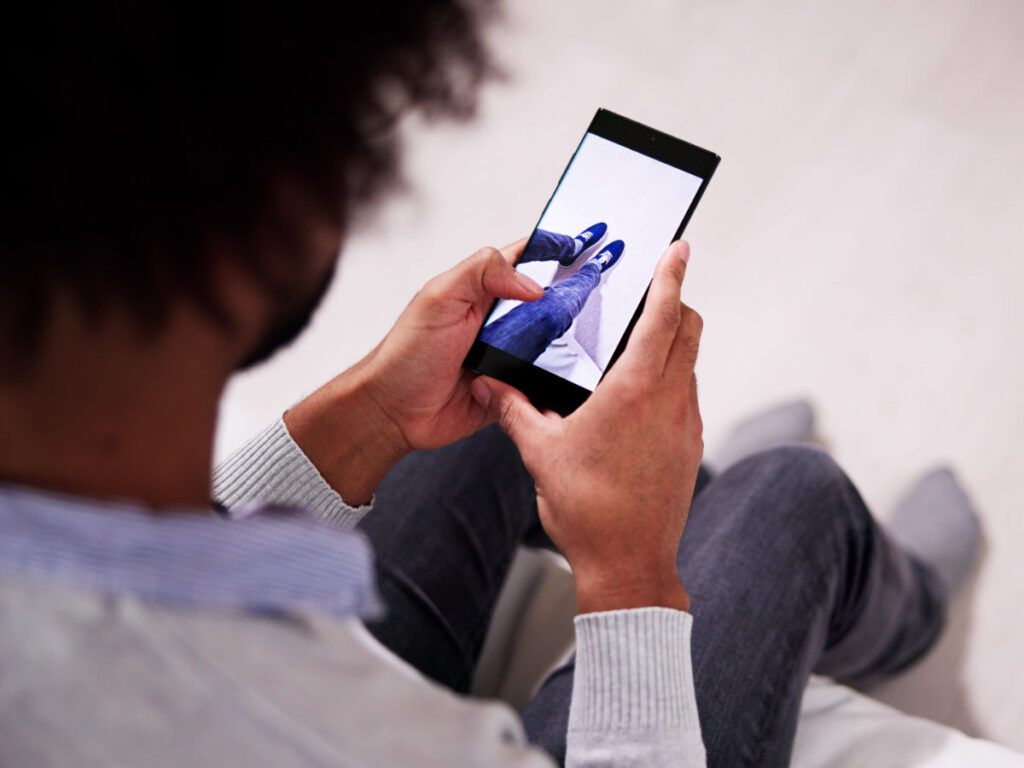It starts with a new pair of sneakers. You weren’t planning to buy anything today—but the ad caught your eye. Then you added socks to match. Then a cleaning kit. Before you know it, your cart is full, your wallet lighter, and your curiosity piqued: What just happened?
Welcome to the invisible world of eCommerce psychology.
Every click, scroll, and swipe is fueled by emotion, habit, and deeply ingrained cognitive biases. The best eCommerce brands don’t just know this—they use it. If you’ve ever added one item to your cart and suddenly found yourself checking out with five, you’ve experienced these forces at work.
Let’s break down the key psychological principles quietly shaping your eCommerce behavior—and how brands are turning them into powerful conversion machines.
Loss Aversion: We Hate to Lose More Than We Love to Win

What it is: According to Prospect Theory, people feel the pain of losing something more strongly than they feel the pleasure of gaining something of equal value.
How it shows up in eCommerce:
Real-world example: Booking.com displays “X people are viewing this hotel” and “Only 1 room left!” to induce FOMO and push faster decisions.
Pro tip playbook:
Endowment Effect: We Value What Feels Like Ours
What it is: Once we feel like we own something—even hypothetically—we place a higher value on it. Ownership creates attachment.

How it shows up in eCommerce:
Real-world example: Tesla’s online configurator lets customers design their dream car with colors, trims, and features—building emotional equity long before the test drive.
Pro tip playbook:
Hyperbolic Discounting: Now > Later, Always
What it is: Given the option, most people will choose an immediate, smaller reward over a larger reward that’s delayed. We’re wired for instant gratification.

How it shows up in eCommerce:
Real-world example: Amazon Prime’s next-day delivery hooks customers into a constant reward loop. The faster you receive something, the more likely you are to order again soon.
Pro tip playbook:
Already Hooked on the Diderot Effect?
You buy a new phone—and now you need a new case, wireless charger, maybe even a better bag to carry it. That’s the Diderot Effect in action. It’s a powerful companion principle that explains why one purchase often snowballs into many.
Final Thoughts: You’re Not Just Selling a Product—You’re Shaping a Decision
Online shopping isn’t just about convenience. It’s a battleground of psychological triggers. Understanding these principles lets you design stores that feel intuitive, persuasive, and trustworthy.
The more you respect how your customers think, the better you can guide what they buy.
And remember: shoppers may not know why they click, but you should.

